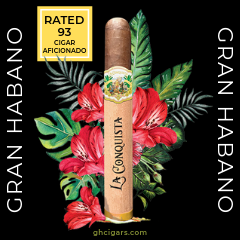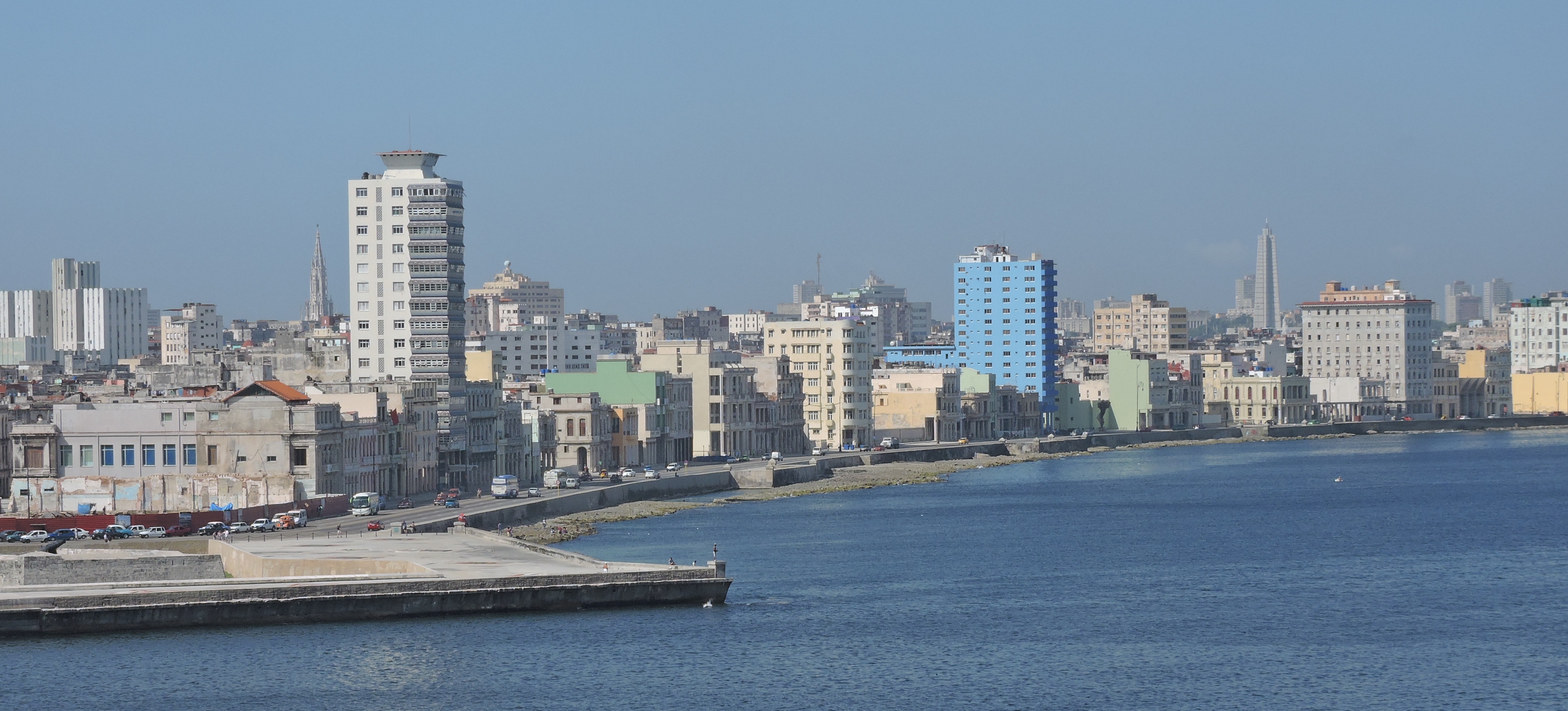
Recently, I had an opportunity to take a trip to Cuba. My purpose of going to Cuba was a combination of fact-finding and education. The signs are pointing toward the U.S. Embargo against Cuba ending. With that, this could lead to the Cuban cigar market being opened in the United States (although under current FDA regulations, this may never happen). Therefore, the time seemed right to explore this country that was much of an unknown to myself – and to learn about the Cuban Cigar Industry. While we have discussed Cuban Cigars on Stogie Geeks, we haven’t covered much on Cuban Cigars on Cigar Coop.
This is the second of a two part series. In the first part, “Havana Cuba-In My Mind’s Eye” I took a look at the Cultural Observations from visiting Cuba. Like Part 1, this is not a “trip report”. In this installment, I focus more on the cigars and the cigar experience in Cuba.
Understanding the Cuban Cigar Market
In Cuba, the tobacco industry is controlled by the government. There is a company called Cubatabaco that owns the production of Cuban Cigars. In 1994, the Habanos SA was formed. Habanos SA as the distribution arm of Cubatabaco products and it handles distribution both in Cuba and internationally. Fifty percent of Habanos SA is owned by Cuban government owned Cubatabaco and fifty percent is owned by the Spanish based Imperial Tobacco (Altadis). Habanos SA exports to one company in each country to prevent counterfeiting and it owns the trademarks in each of the countries. La Casa del Habano (LCDH) is an official chain of retail shops located worldwide. La Casa del Habano shops exist in Cuba, and in particular Havana where there are several shops located.
If you look at Davidoff, there is a similar (but not exact) analogy. TABADOM represents the manufacturing arm of Davidoff. There are several subsidiaries such as Davidoff of Geneva North America, Davidoff of Germany, etc. Davidoff owns many acres of farmland (although it does source tobacco externally too). There is also a chain of retail stores owned by Davidoff known as Davidoff Flagship stores.
The big difference in Cuba, the Cubatabaco / Habanos SA / La Casa Del Habano is (pretty much) run by the State as opposed to privately held like the example for Davidoff.
The farms in Cuba are a different story. These are primarily independently owned, however they are heavily regulated. Farmers are required to sell the lion’s share of what they produce to the Cuban government. In the case of tobacco, it is sold to Cubatabaco. While this might seem like the bright spot in the communist society of Cuba, being a farmer is still very much a challenge. Farmers still have to deal with the government and often are paid less than market value for their product.
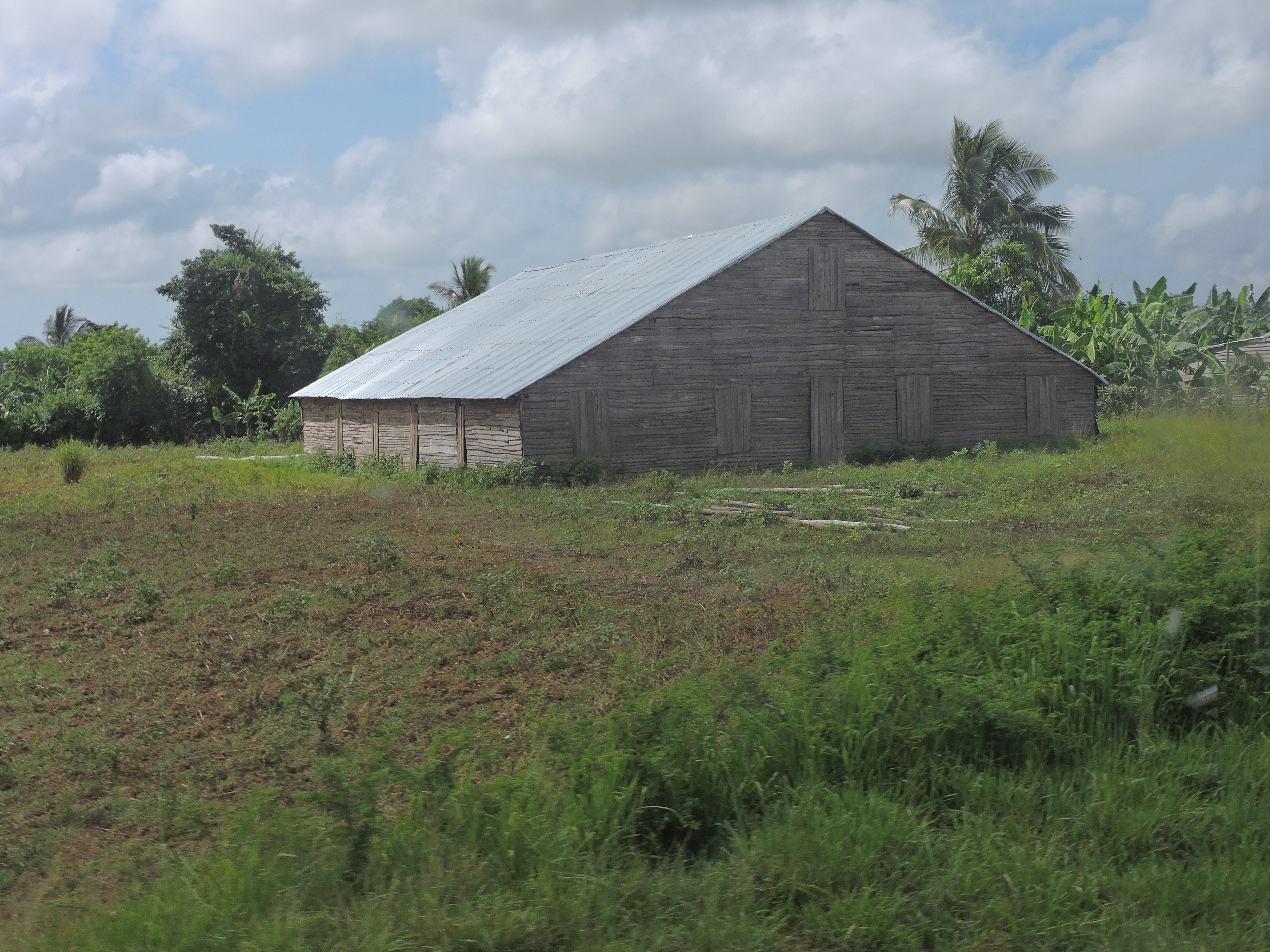
Pinar del Rio is in the western part of Cuba about a 2 1/2 hour drive from Cuba. Think of it as the equivalent of what Esteli. Jalapa and Condega is to Nicaragua and what the Jamastran Valley is to Honduras. In other words, this is an area where a lot of Cuban tobacco is grown.
La Casa Del Habano in Cuba
While the Cuban government has its hand in La Casa del Habano, if you are a cigar enthusiast, these are the absolute must go cigar places in Cuba.
These places offer what I consider to be a total cigar experience. They are going to offer the widest selection of product. The products you will find are the ones distributed by Habanos SA and are not going to carry any non-Habanos products. In other words, you will find Cuban cigars. There are several positives to these shops. You won’t find overpriced product and you don’t have to worry about counterfeit product. There is also a wide variety of accessories available for purchase.
To find La Casa de Habano outlets in Cuba and worldwide, you can click here.
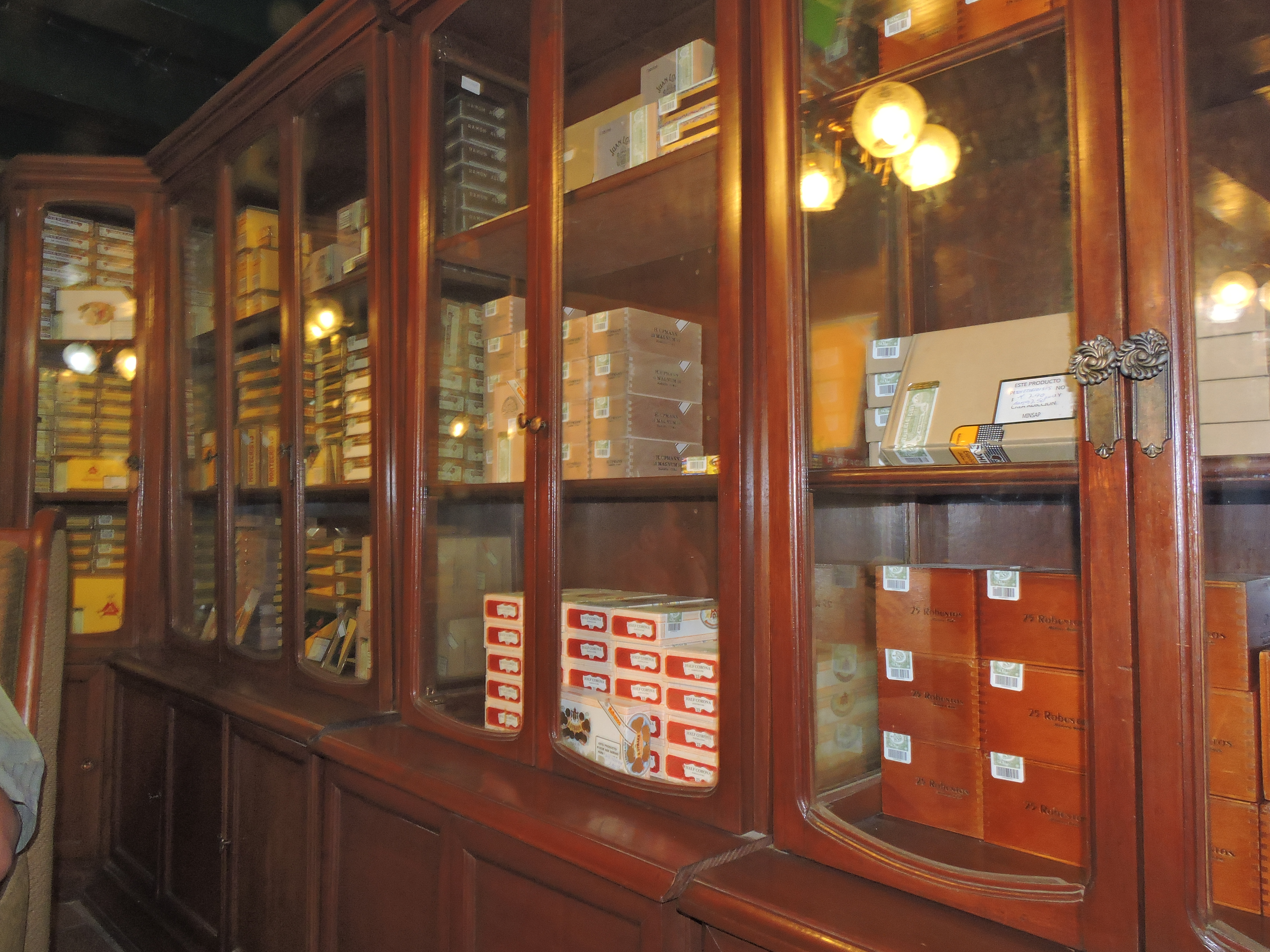
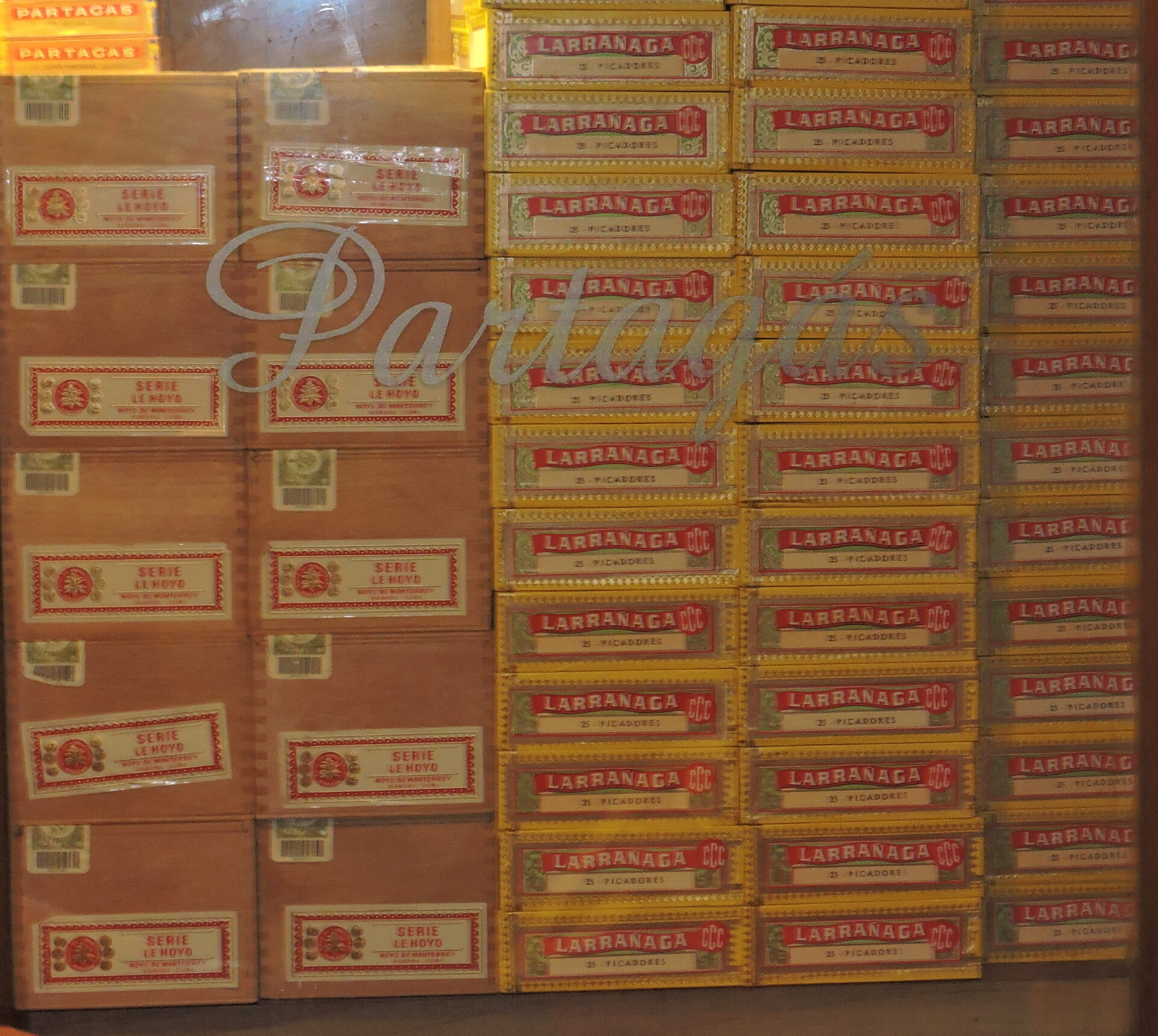
La Casa del Habano shops offer a place to enjoy a comfortable smoke. I found some of the lounges are much larger than the others in terms of seating. Some also offer Cuban Coffee and / or Cuban Rums to enjoy there too.
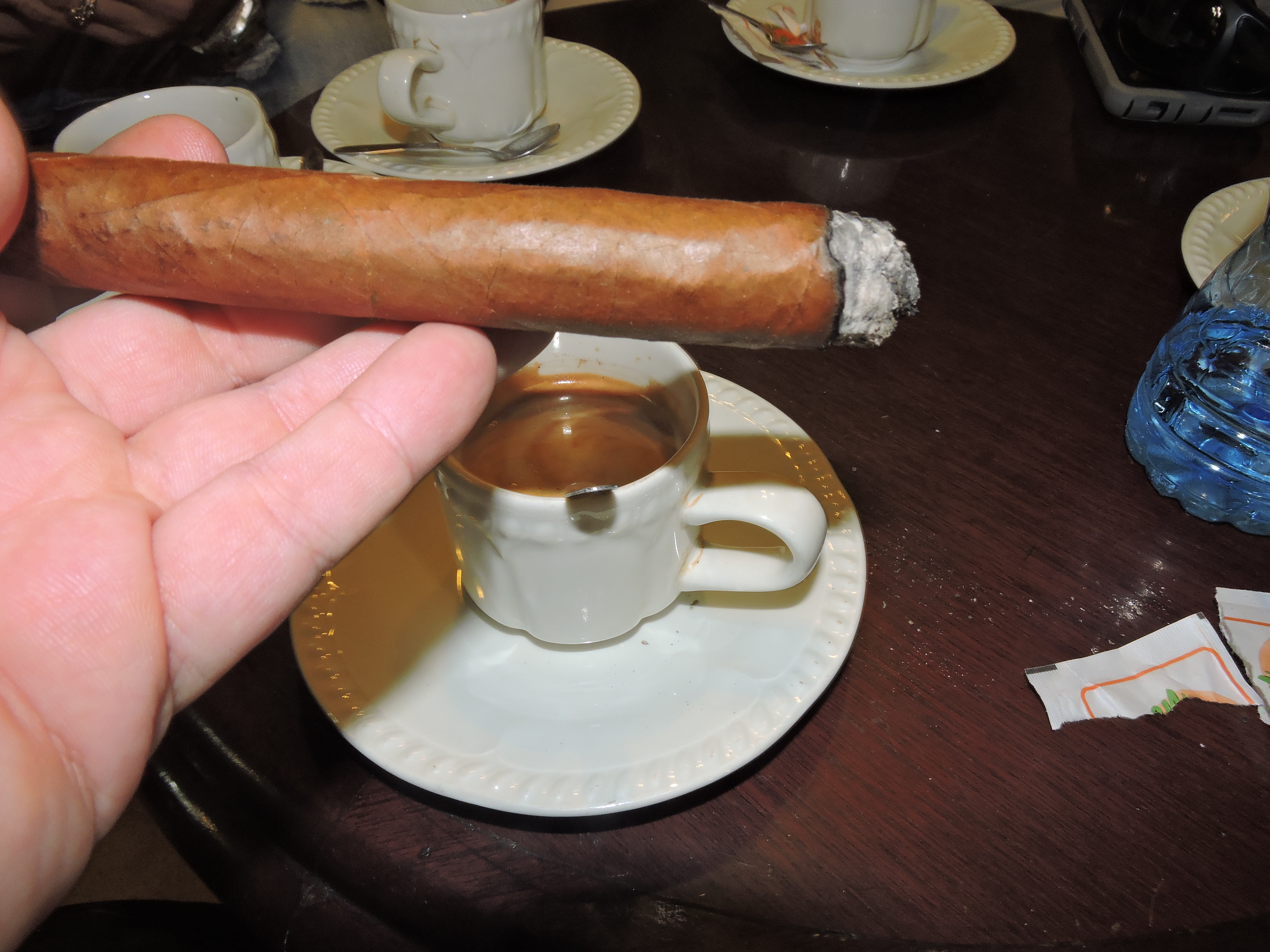
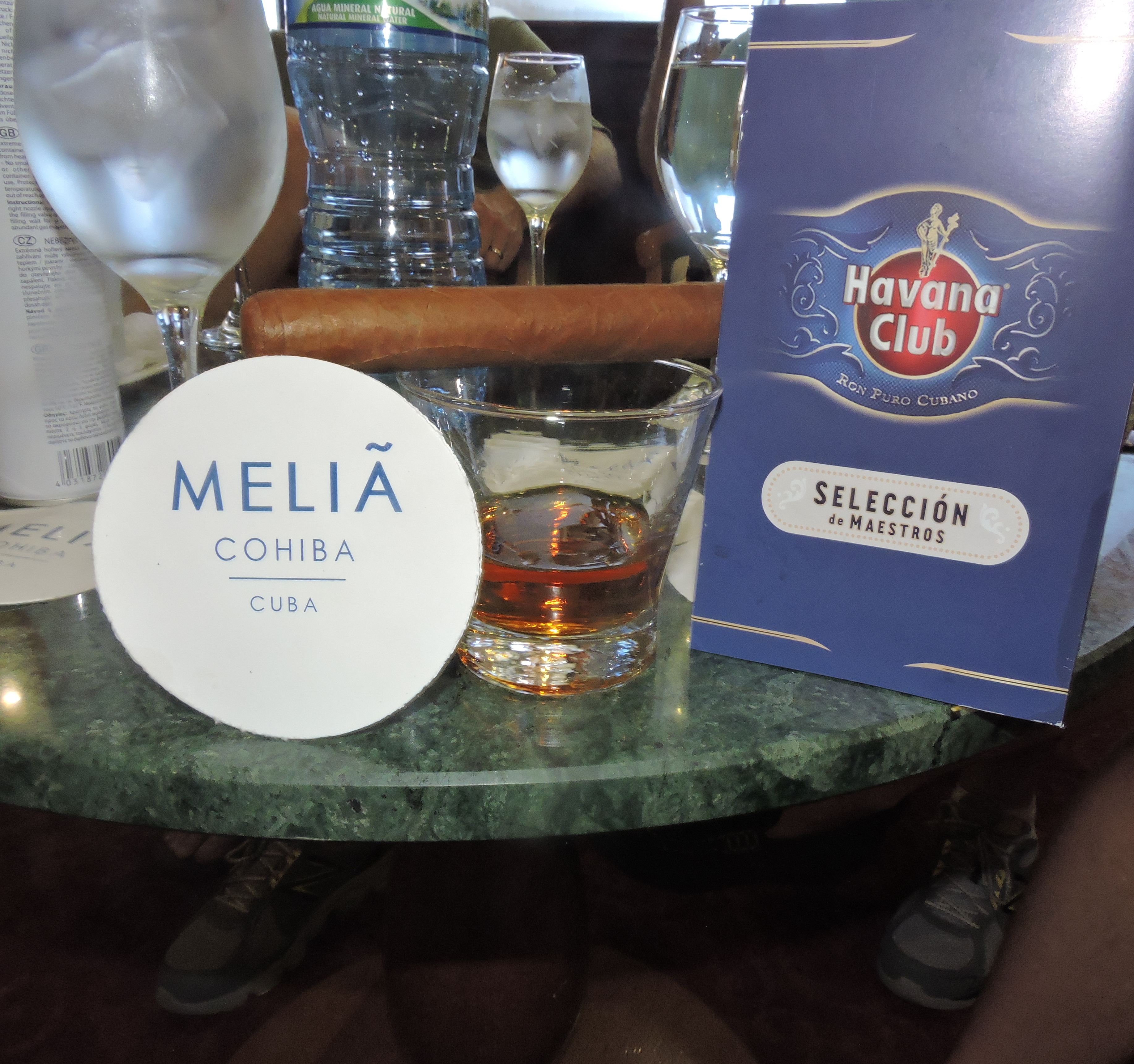
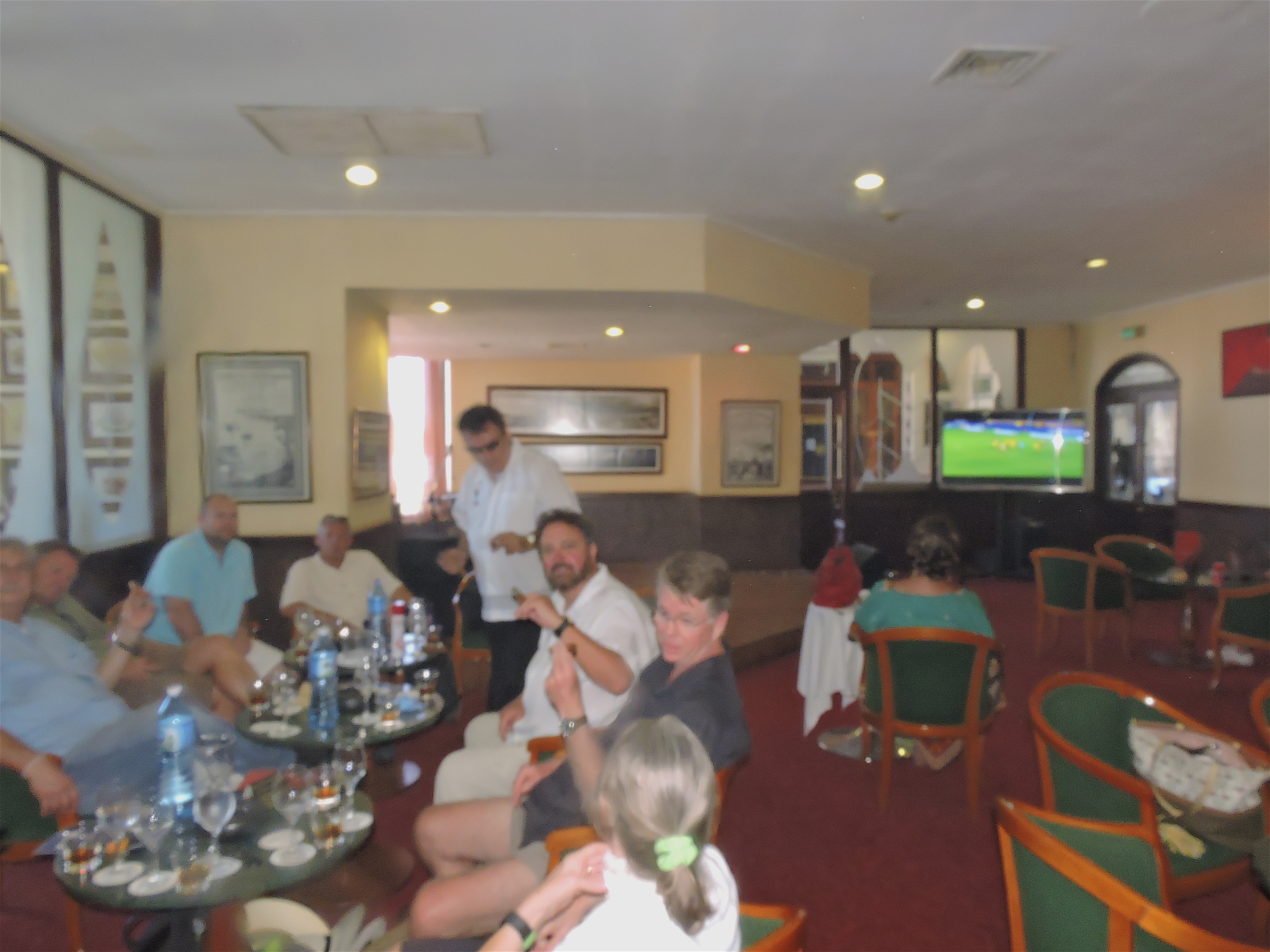
There are different scenarios for where these lounges can be found. One highlight is going to the one at the old Partagas factory, an iconic destination for both cigar enthusiast and non-cigar enthusiast tourists. Some La Casa de Habano shops are found at some of the iconic hotels in Cuba such as Hotel Nacional and Melia Cohiba. There is even one found at the famous Morro Castle.

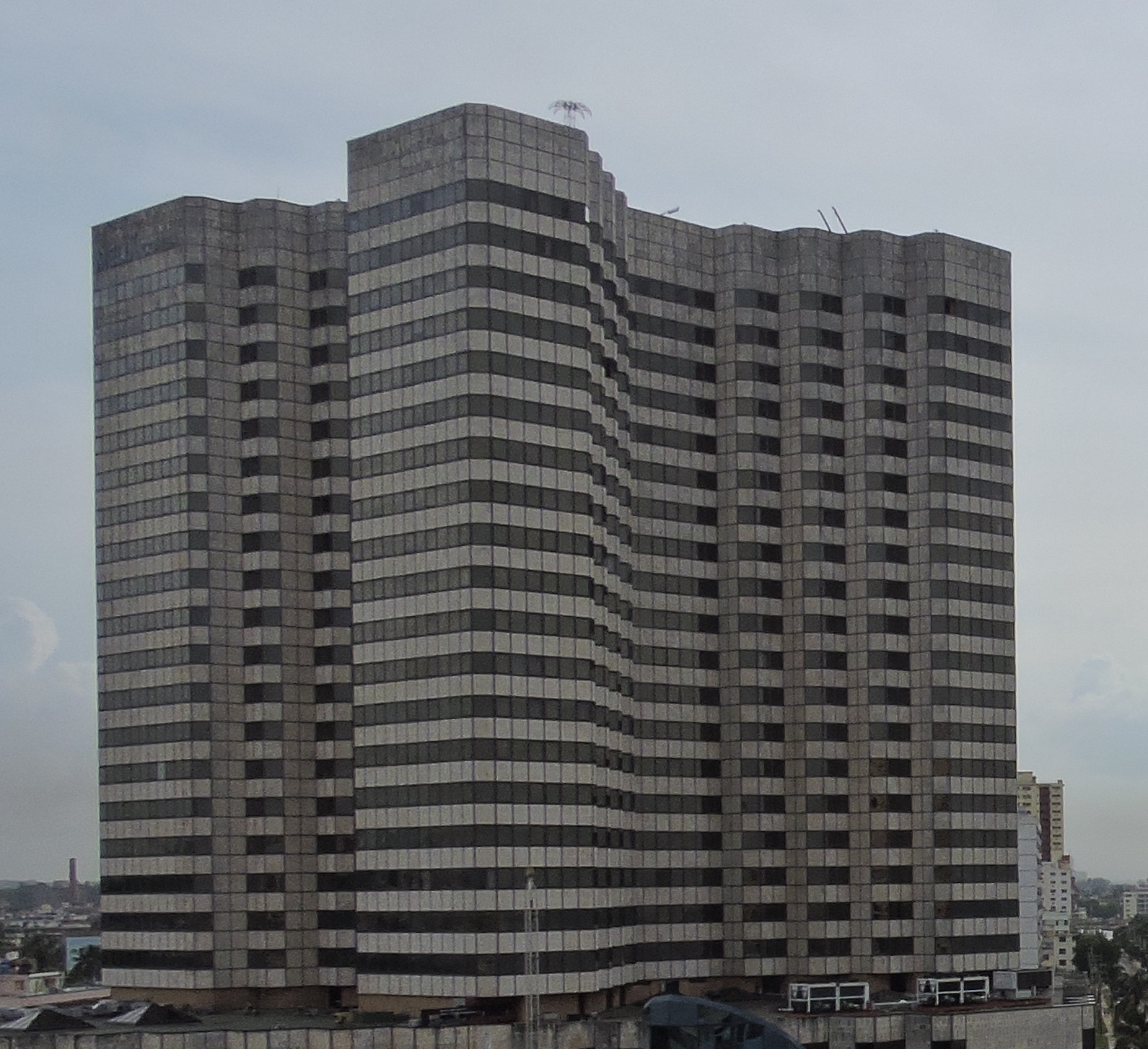
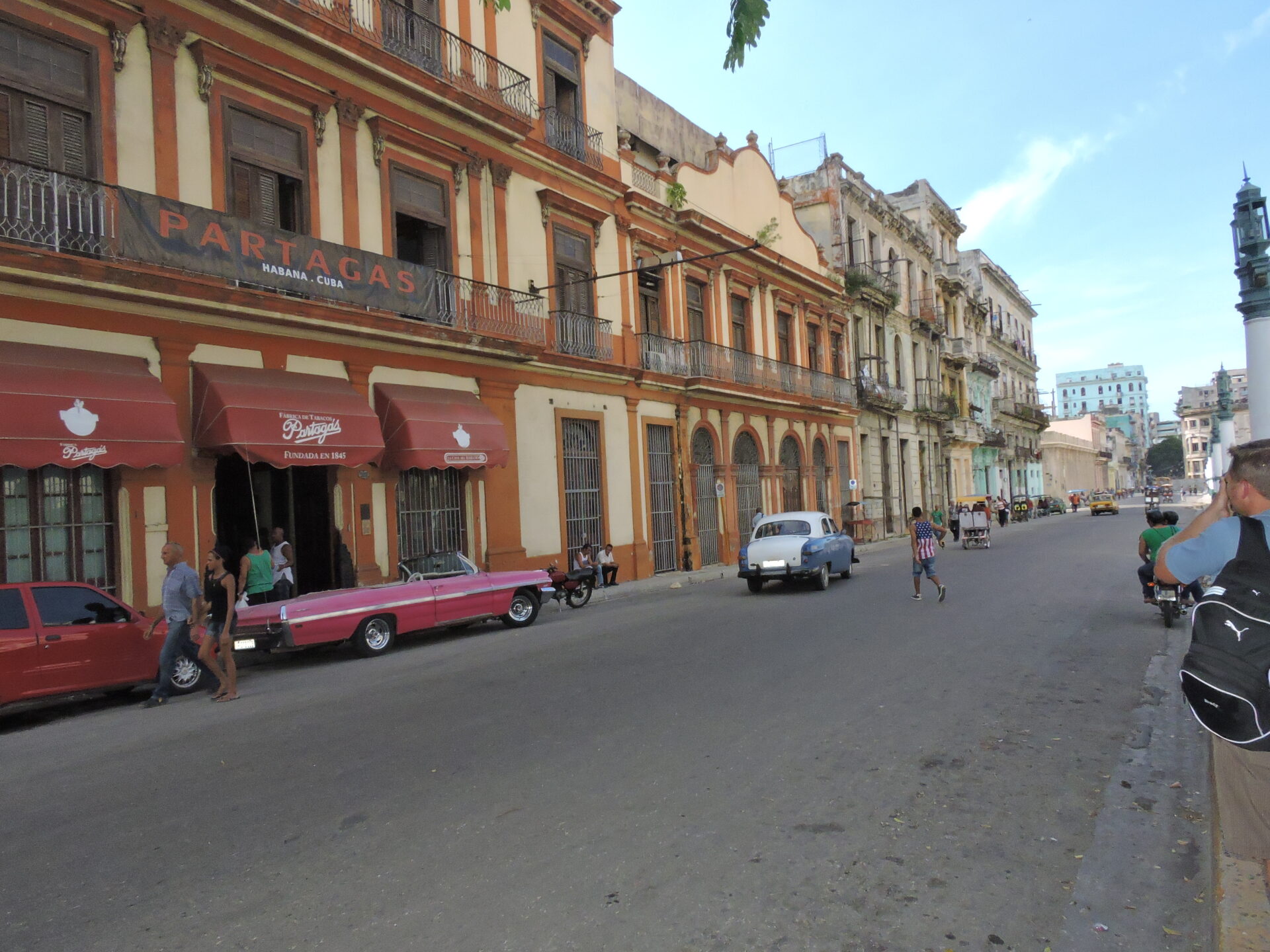
There are a couple of observations I noticed at the La Casa del Habano shops. First of all, many of the patrons of these shops are tourists. In particular, I met several European tourists, but I also did run into some American ones. These are also not places where I did not see a lot of Cuban natives in. The second thing is that these places are not open late (but as we will see there are plenty of places to go and enjoy a smoke later in the day and into the evening).
Custom Rolls and La Casa de Habano Ambassadors
One thing that I enjoyed about visiting La Casa de Habano shops in Havana was the ability to purchase custom rolled cigars. Most of the La Casa de Habano have a cigar-maker present rolling a blend that is exclusive to the La Casa del Habano shop. These cigar makers are men or women who have previously worked for Cubatabaco. Names such as Jose “Cueto” Castelar (Parque Morro-Cabana LCDH), Reynaldo Gonzalez (Conde de Villanueva LCDH), Juanita Ramos Guerra (Hotel Melia Cohiba) and Leopoldina Gutierrez a.k.a “La China” (Fabrica Partagas LCDH) have become cigar celebrities worldwide. They provide a more personal touch to each La Casa de Habano experience.
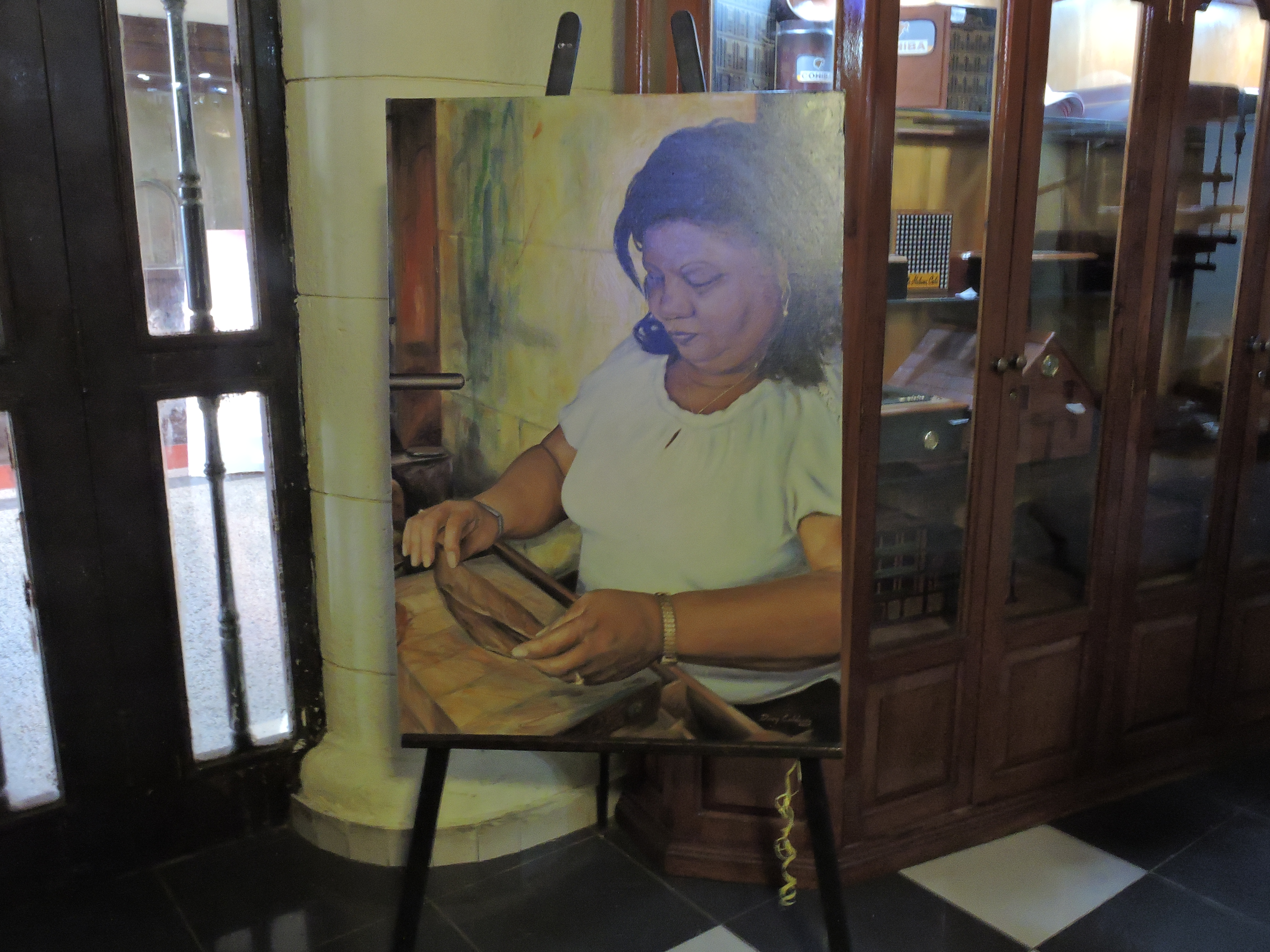
Perhaps Cueto has achieved the highest level of fame. Cueto is the custom roller at Parque Morro-Cabana (Morro Castle) and is most famous for rolling the world’s longest cigar on multiple occasions.

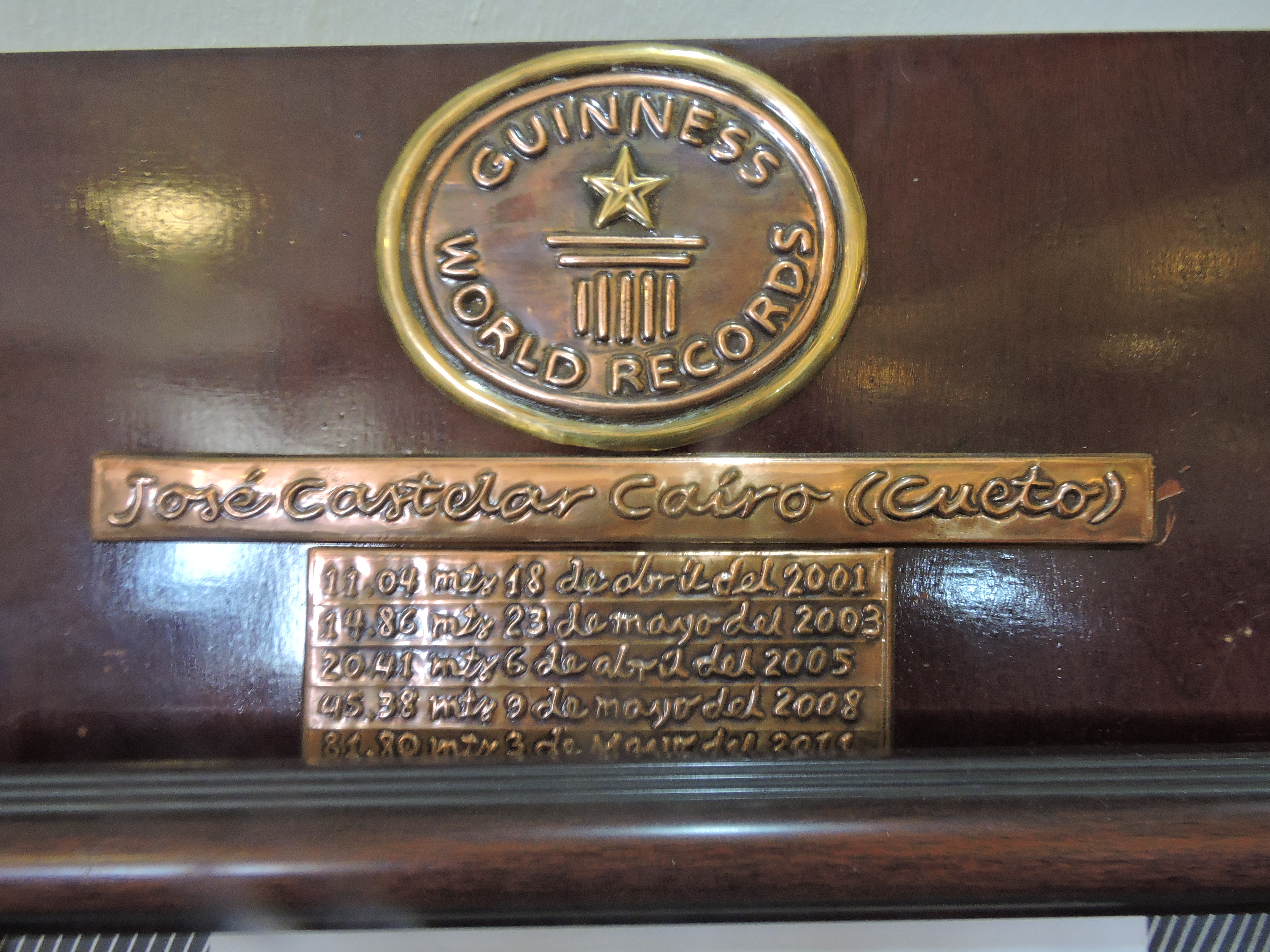
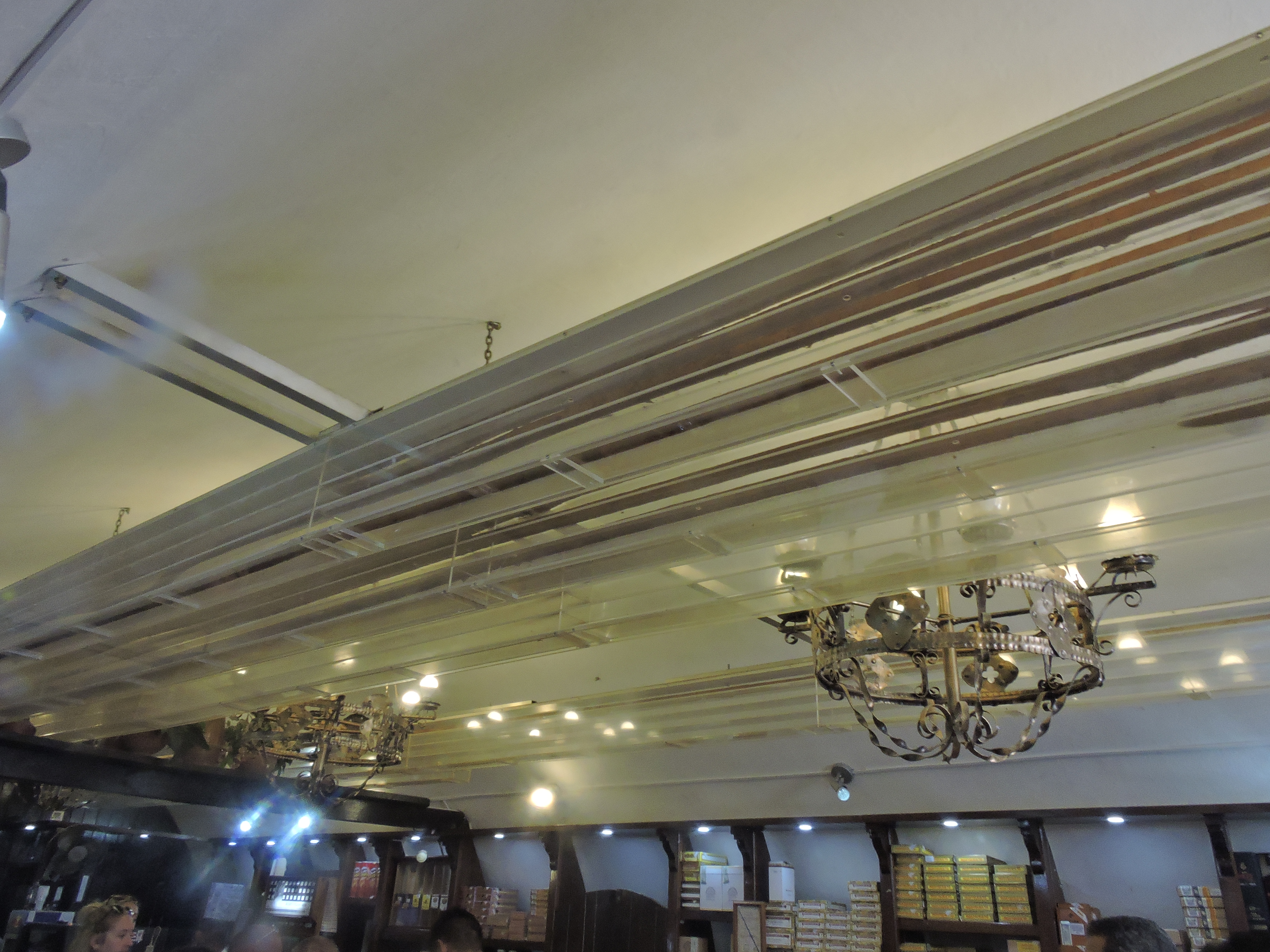
I found Custom Roll concept at La Casa de Habano to be quite special. I really liked the ability to go into a cigar and get a particular blend and / or vitola that was unique to that store. Let’s face it, a lot of us have smoked Cuban cigars at one point or another. Smoking some of these diamonds in the rough were a real treat. While many of these were unbanded, there was one a special Partagas 170 Aniversario edition at the Fabrica Partagas La Casa del Habano. It was a cigar originally rolled to commemorate the 170th anniversary of the Partagas factory. The cigar is rolled by La China and is now sold exclusively as a custom roll at the Partagas La Casa del Habano shop. Finally the best part is that these Custom Rolls are very well priced – most of them 5.00 to 10.00 CUC (Cuban Convertible Peso – translates to $5.00 to $10.00 in U.S. Dollars)

While it’s not a completely foreign concept to U.S. shops, it made me think how cool it would be to see this in each premium retail outlet in the U.S.. Unfortunately, with the new FDA regulations in the U.S., this now may seem quite unlikely.
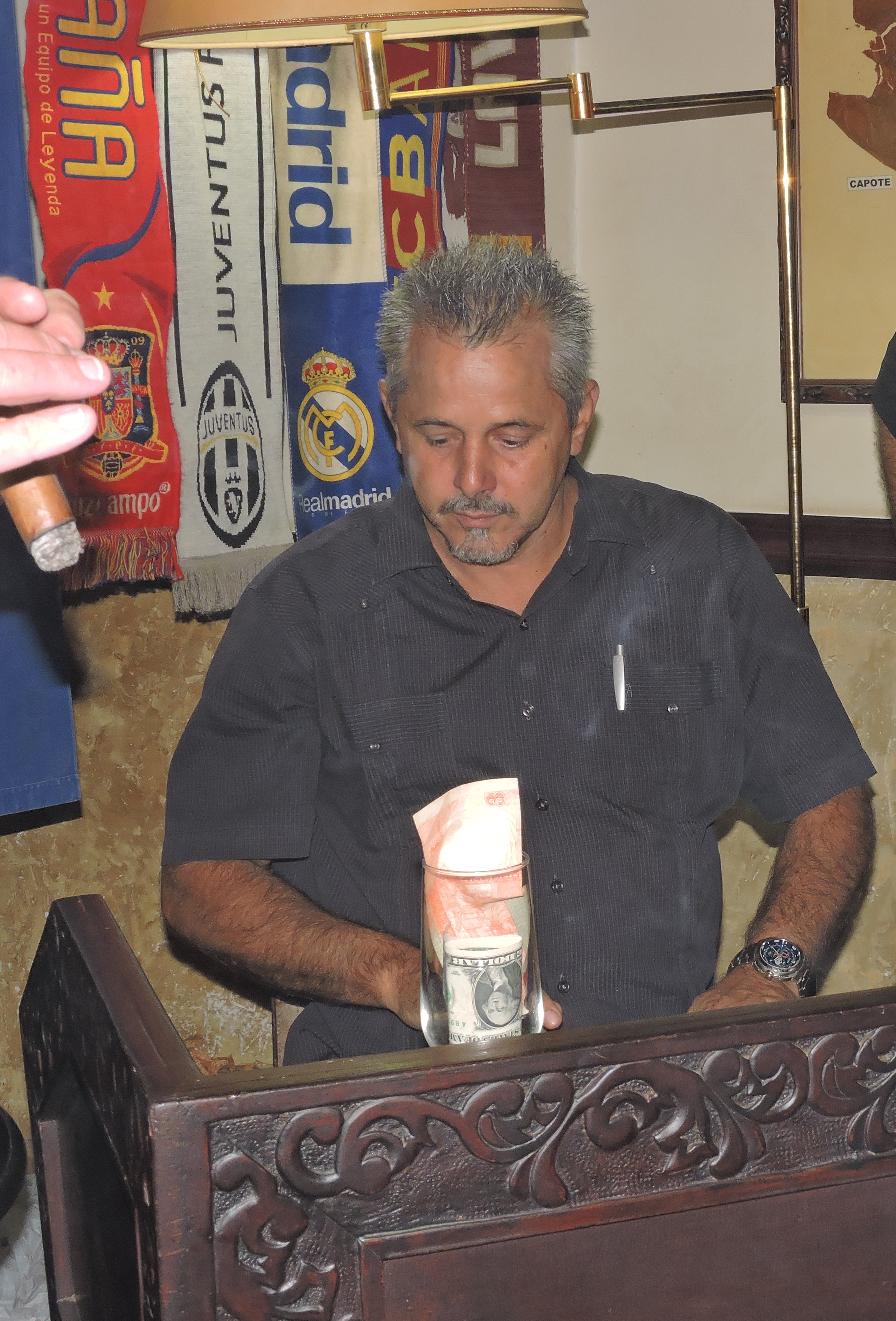
Big Ring Gauge Cigars Do Exist in Cuba
Habanos SA is not known for its production of larger ring gauge cigars. When you start to get into the mid 50s in terms of ring gauge, the offerings in the Habanos SA portfolio become slim. While in recent years we have seen Habanos releases in the 56 to 58 ring gauge, the 60 ring gauge is pretty much not something you see in the Habanos portfolio. However, that does not mean there are not big ring gauge cigars to be found in Cuba.
There is a 60+ ring gauge market and it pretty much exists through the custom roll segment. Reynaldo, Gonzalez who is the roller at La Casa del Habano at the Conde de Villanueva hotel had several 60+ ring gauge offerings and was told he has rolled cigars measuring 70. I even found a 60 ring gauge cigar at Hector Luis Prieto’s farm located in the Pinar del Rio region of Cuba.
The presence of these big ring gauge were another plus in my book in terms of going to the La Casa Del Habanos. Not only did this provide a different blend you cannot normally get, but it also provided some unique sizes. This made going to the La Casa de Habano stores even more enticing.
The big ring gauge cigars I did smoke were from Reynaldo and Hector Luis Preto’s farm,. These were both excellent.
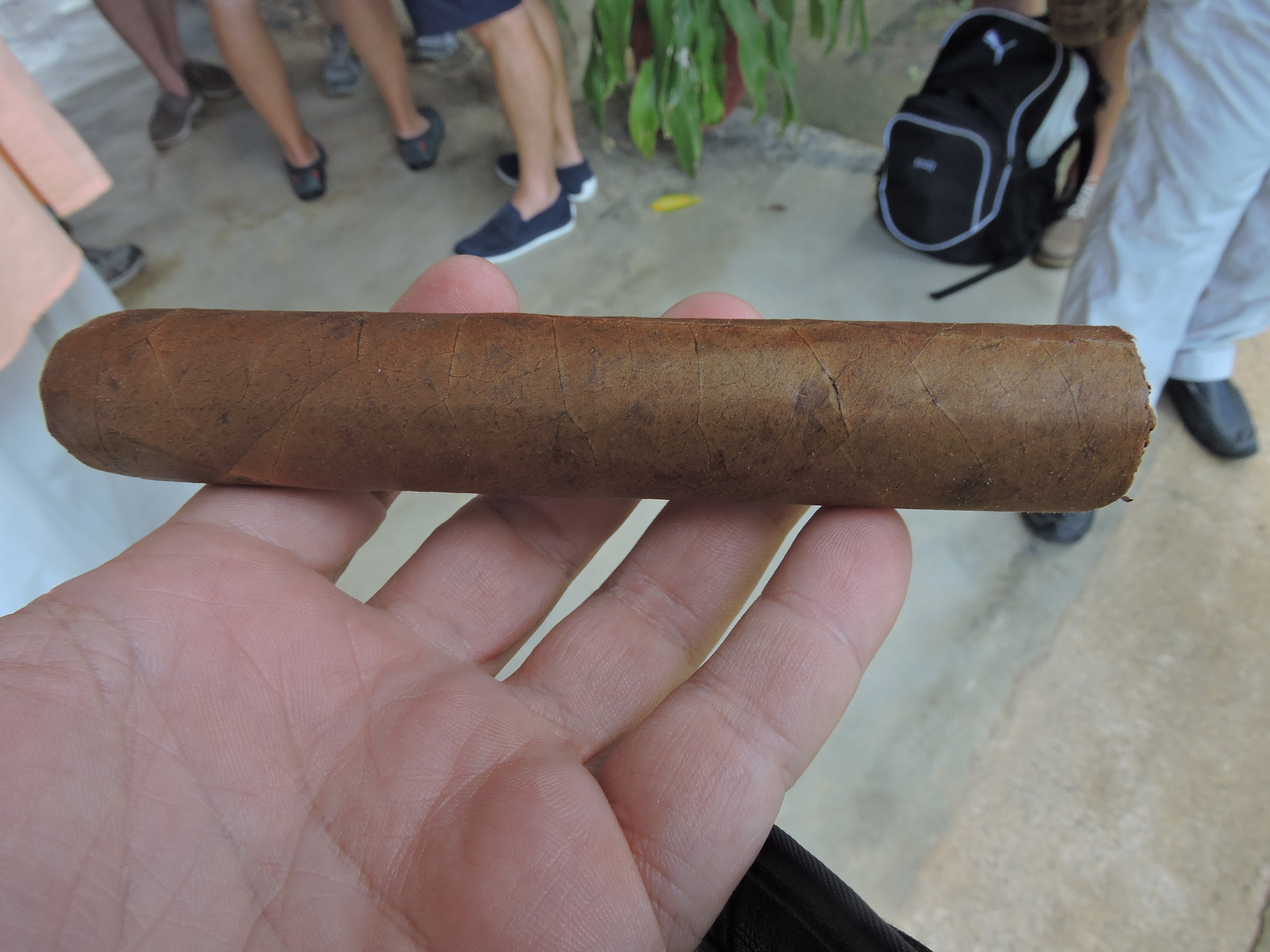
Limited Editions
While Limited Edition cigars are a big part of the U.S. market, when it comes to Cuba and Havana, this really isn’t a focus at the La Casa de Habano.
The Edicion Limitada (EL) cigars are probably the most well-known Cuban limited editions. These are pretty much true limited cigars in that they are one and done. They also sell out pretty quickly. These cigars are usually unveiled at the Habanos Festival held each February, but typically don’t hit the stores until later in the year (usually in the Fall). My visit to Cuba was August 2016 and from the La Casa Del Habano stores I visited, I really didn’t notice much in the way of the EL cigars on the shelves.
Regional Editions are special cigars made for a particular geography. These cigars are distributed by Habanos SA to a particular country or region and are not found at the La Casa del Habanos.
One of the most prized cigars is the Cohiba Behike. This cigar features the high priming tobacco medio tiempo. It is limited in production because of the low yield of the medio tiempo. Prior to my visit to Cuba, I was told that these were no where to be found. From my visit to the La Casa del Habano shops (again which was an August 2016 visit), this was indeed the case. Cigar Aficionado confirmed this and recently has stated these cigars should be making their way to shops in the Fall of 2016. While visiting Hector Luis Prieto’s farm in Pinar del Rio, Prieto mentioned that poor crops over a period of time affected the medio tiempo. This led to lower yields and thus the shortage of Behike cigars. This again was confirmed by Cigar Aficionado.
If you are looking for something more limited and hard to find, I would again stress checking out the Custom Roll blends.
Smoking in Cuba
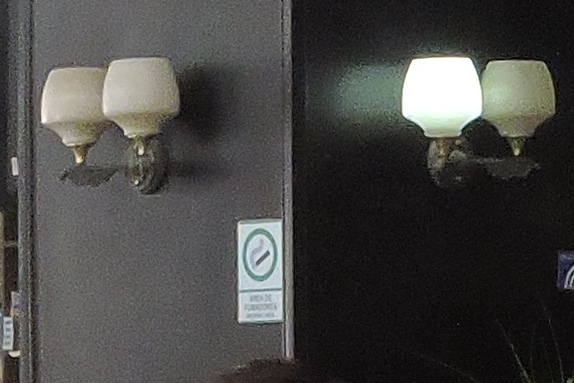
As I mentioned in the first article covering my Cuba trip, “Havana Cuba-In My Mind’s Eye“, it is not hard to find a place to smoke in Cuba after hours. Many (but not all) bars, restaurants and hotels still allow smoking. There are both outdoor and indoor places. Since much of the Cuban nightlife begins quite late, you can easily find a place to smoke well into the night. My advice is to go to La Casa del Habano during the day, enjoy a smoke there, and purchase some to take with you for the night.
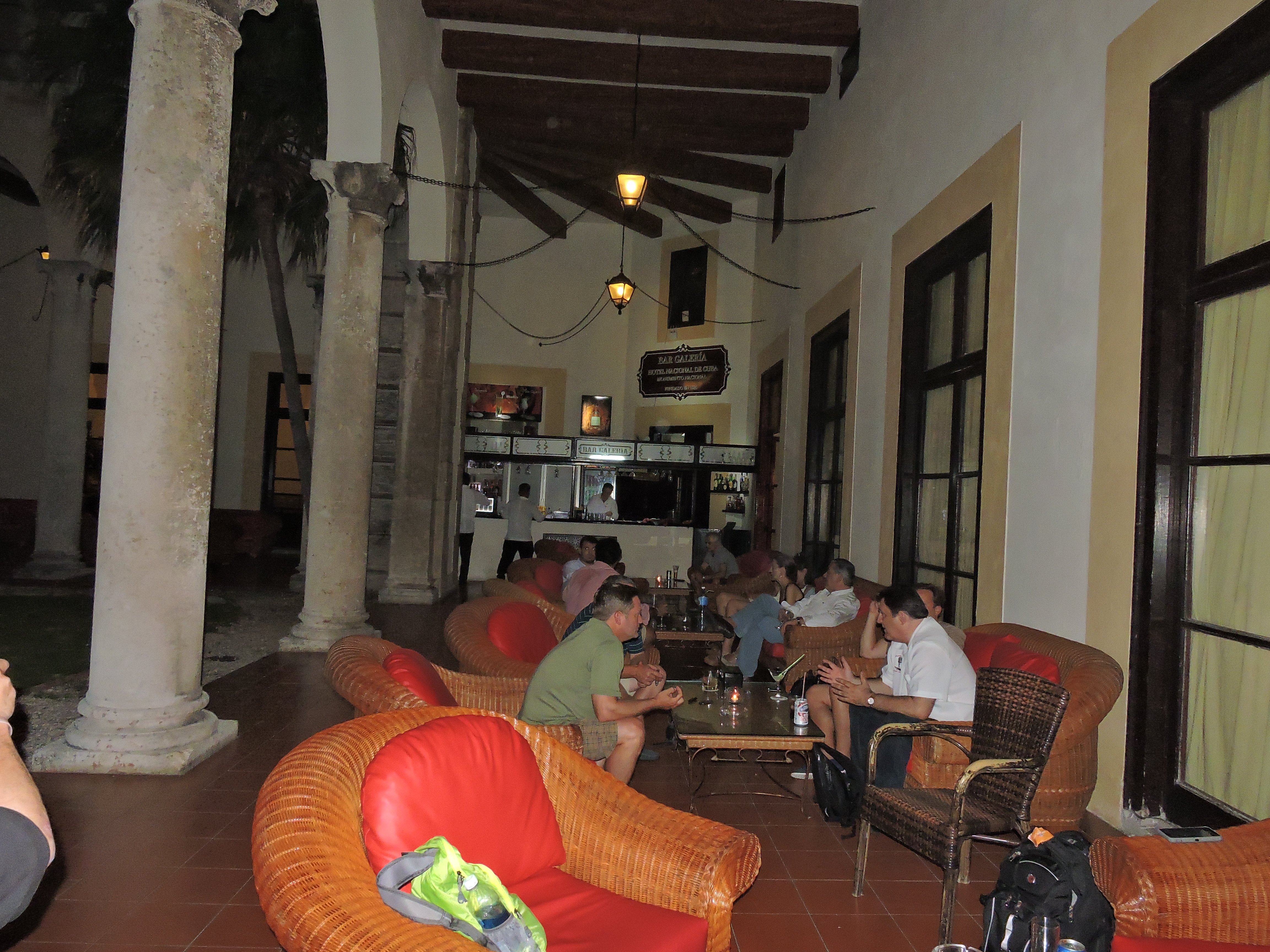
Epilogue
What exactly is “Dancing on the Jetty” and what the heck does it have to do with my trip to Cuba?
A jetty is could refer to a structure that protrudes into a body of water and can be used to protect a harbor or deflect the current of a water. It could also be referred to as a wharf or landing pier. Havana, sitting on the Gulf of Mexico certainly has its share of jetties. However it this context, it has nothing to do with why I chose this particular theme.
“Dancing on the Jetty” is the title of song by the Australian band INXS. It was written by band members Andrew Farriss and the late Michael Hutchence. In a way, this song summed up my experience in Cuba. Many question why I would visit a communist country where human rights are still very much in question. I mentioned my trip was more on the fact finding and educational side. At the same time, I very much enjoyed my visit to Cuba and the people I encountered there.
The lyrics in this song deal with a theme of peace. There is a line repeated over and over in this song:
“Watch the world argue
Argue with itself
Who’s going to teach me
Peace and happiness” – Andrew Farriss and Michael Hutchence
So to the great friends I made in Cuba – especially Dennis, Pedro, Naomi, Vivian, our great Taxi drivers, and even the most interesting man in Cuba “Luigi”; I hope we meet again some day on a future visit to Cuba – or even better when they hopefully someday get to visit the United States.
Acknowledgements
Special thanks to Nick Syris and Gary Laden of the Smooth Draws Radio Show who are now providing guided tours to Cuba. They put together this trip and hosted my tour. I personally recommend these guys as they provided an outstanding tour with a nice cigar focus.
Smooth Draws Radio also has a special series of free recorded podcasts called “Nick’s Notebook” that provide a cigar enthusiasts an excellent information guide for visiting Cuba.
Photo Credits: Cigar Coop
